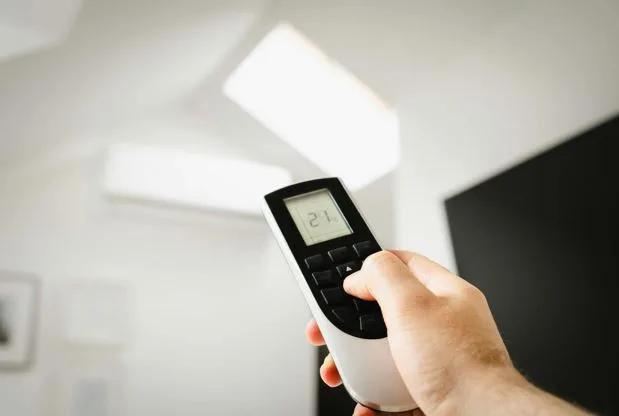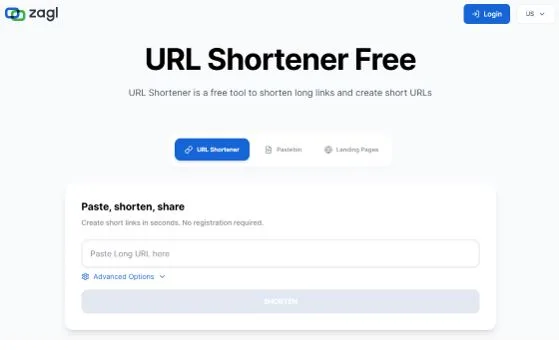5 Energy-Efficient HVAC Upgrades to Lower Your Summer Bills
Let’s be honest—summer energy bills can feel like a punch to the gut. One minute you’re enjoying cool air, and the next you’re wondering why your electric bill looks like a car payment. If you’ve been there, you’re not alone.
In North Carolina, especially in towns like Wallace, hot and humid summers are the norm. You can’t get through the season without cooling your home, but that doesn’t mean you have to spend a fortune doing it. The trick is making your HVAC system work smarter, not harder.
Luckily, you don’t have to rip out your entire system to start saving money. There are simple, energy-efficient upgrades that lower your bills, improve your comfort, and help your equipment last longer.
1. Upgrade to a Modern, High-Efficiency AC System
Older air conditioners might still run, but that doesn’t mean they’re working efficiently. Many systems over 10 years old use more energy than they should and struggle to keep up with today’s summer heat. Even if they’re “technically” functioning, you could be wasting money every month they stay in service.
Newer air conditioning systems are built for performance and energy savings. Look for units with a higher SEER rating (Seasonal Energy Efficiency Ratio). The higher the SEER, the less energy the system uses to cool your home. ENERGY STAR® certified models are also a safe bet—they meet strict efficiency standards and typically come with better warranties.
If you’re considering a more energy-efficient system, professional AC installation in Wallace, NC, can make a big difference, especially when you want it done right the first time. Along with better energy performance, newer AC units are usually quieter, cool more evenly, and remove humidity more effectively.
2. Install a Smart Thermostat
This is one of the most budget-friendly upgrades you can make—and it doesn’t require major work or a big investment.
A smart thermostat helps control your home’s temperature based on your daily routine. Whether you’re at work, on vacation, or asleep, the thermostat adjusts the cooling schedule to match your lifestyle. That means you’re not wasting energy cooling rooms that no one is using.
Most smart thermostats come with an app, so you can adjust the settings from your phone. Forgot to turn the AC down before leaving? No problem. Some models even learn your habits over time and make automatic changes based on your patterns.
Scheduling your thermostat to use less energy during the hottest part of the day or when you’re not home can reduce your monthly bills without affecting comfort. It’s a small upgrade that adds up fast.
3. Seal and Insulate Your Ductwork
Here’s a hidden energy-waster: your ductwork.
If your air ducts are leaking, poorly sealed, or not insulated properly, you’re losing cool air before it even reaches your rooms. That means your system has to work harder to maintain the temperature, leading to higher energy use and uneven cooling throughout the house.
Duct leaks are common in attics, crawlspaces, and garages—anywhere the ducts run through unconditioned areas. A certified technician can check your ductwork for leaks and seal up any gaps using mastic or foil-backed tape. Adding insulation around the ducts keeps cool air from warming up before it gets to your living space.
This kind of upgrade might not be visible, but the difference in performance can be huge. When your system isn’t fighting against leaks or heat gain, it runs more efficiently—and your utility bill reflects it.
4. Add Zoning to Your HVAC System
Not every room in your house needs the same amount of cooling. If you’ve got rooms that are rarely used—or some that always feel warmer than others—zoning might be the answer.
Zoned HVAC systems split your home into different temperature zones, each with its own thermostat and damper control. That allows you to cool only the areas you’re using, instead of blasting cold air everywhere all at once.
For example, you can keep the kitchen cool during meal prep while letting the guest bedroom stay a few degrees warmer when it’s not in use. Or you can cool the upstairs while letting the downstairs rest during the day.
Zoning works with both traditional ducted systems and newer ductless mini-splits. It’s especially helpful in homes with open layouts, multiple stories, or rooms that get different levels of sunlight. Along with reducing energy use, zoning gives you better comfort control.
5. Switch to Variable-Speed Technology
If your HVAC system turns on, runs at full blast, and then shuts off repeatedly throughout the day, it’s probably using more energy than necessary. This stop-and-start process is called “short cycling,” and it’s a common trait in older, single-speed systems.
Variable-speed systems work differently. Instead of always running at 100%, they adjust the airflow based on how much cooling your home actually needs. That means they can run at lower speeds for longer periods, maintaining a steady temperature with less energy use.
These systems are quieter, more efficient, and better at dehumidifying your space. Because they don’t have to turn on and off as often, they also experience less wear and tear, which helps extend their lifespan.
You won’t notice them working—and that’s the point. They do their job quietly and consistently, saving you money every month.
You don’t need to overhaul your entire HVAC system to see a change in your energy bills. Just one or two of these upgrades can make a noticeable difference in how much you spend and how comfortable your home feels during the summer.
If your system is aging or seems to be working harder than it should, don’t ignore it. Start with small changes like a smart thermostat or duct sealing. If you’re ready for something bigger, look into upgrading your AC or adding zoning for better control.
Energy efficiency isn’t just a buzzword—it’s a way to keep your cool while cutting costs. And the best part? These upgrades make your home more livable, season after season.




